Pretty much everyone associates witches with cats.
But what people might not know is that much of the folklore of witches and their animals is based on real-life trials of women accused of being witches in 16th and 17th-century England.
Poet and forager Richard Osmond has been trawling through historical records of these trials to find some real examples of alleged witch animals that were mentioned at witch trials, on his website and on Twitter, where he tweets snippets of the stories from his account @witchcourt. He explained the history behind the myth...
Old women who spoke to their cats aroused so much suspicion that people actually thought they were witches.
"A lot of the witches who had cats and were accused of using them to perform dark magic were social outcasts, misfits, some probably suffering mental health problems or suffering old age or poverty.
"Quintessential 'crazy cat ladies' basically. With a folk belief that witches talk to demons in the shape of animals, you can see how the way lonely old women talk to their cats might arouse suspicion.
"One of my favourite witch stories involves a cat. Two witches, a mother and daughter, were working this complicated revenge spell that involves burying a stolen glove in the garden and boiling a wool mattress in blood," said Osmond.
"The final act of the spell was to rub the bloody mattress and a handkerchief on their cat, whose name was Rutterkin. Instead of flying off to harm the Earl of Rutland, as the witches intended, Rutterkin just mewed and did nothing.
"Which is exactly what a grumpy cat would do, after being rubbed with a wet hanky. It's quite cute and funny to read now, but then you remember that three women were sentenced to death based on this evidence."
And it's not all about cats.
"The witch animal that makes me smile the most is Jarmara the legless dog, because it shows the silliness of the witch hysteria at its height, and the manipulation of the truth at every stage.

"Under oath at Manningtree, witchfinder general Matthew Hopkins testifies that a witch had a short, fat dog, white with sandy spots, with very short legs. By the time he writes about the story in his own book, The Discovery of Witches, he's exaggerated it significantly.
"The dog now has 'no legs at all'. It's such a silly image, a hairy dog sliding around legless-ly like Dougal from The Magic Roundabout."
We decided to have BuzzFeed illustrator Rebecca Hendin draw her interpretation of some of the animals found in @witchcourt's tweets.
First up is Vinegar Tom, an imp (and associate of Jamara) who was both greyhound and ox:
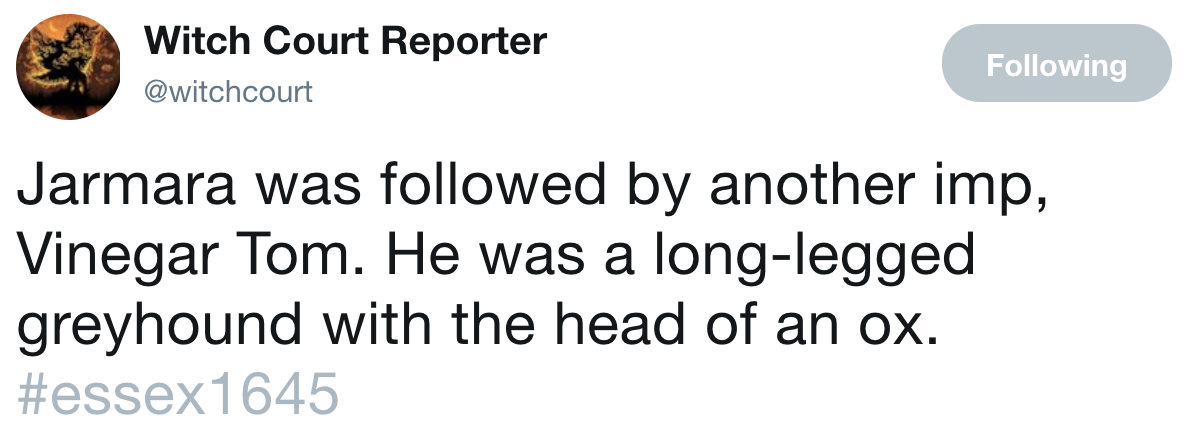
He makes for an enviable witch pet:
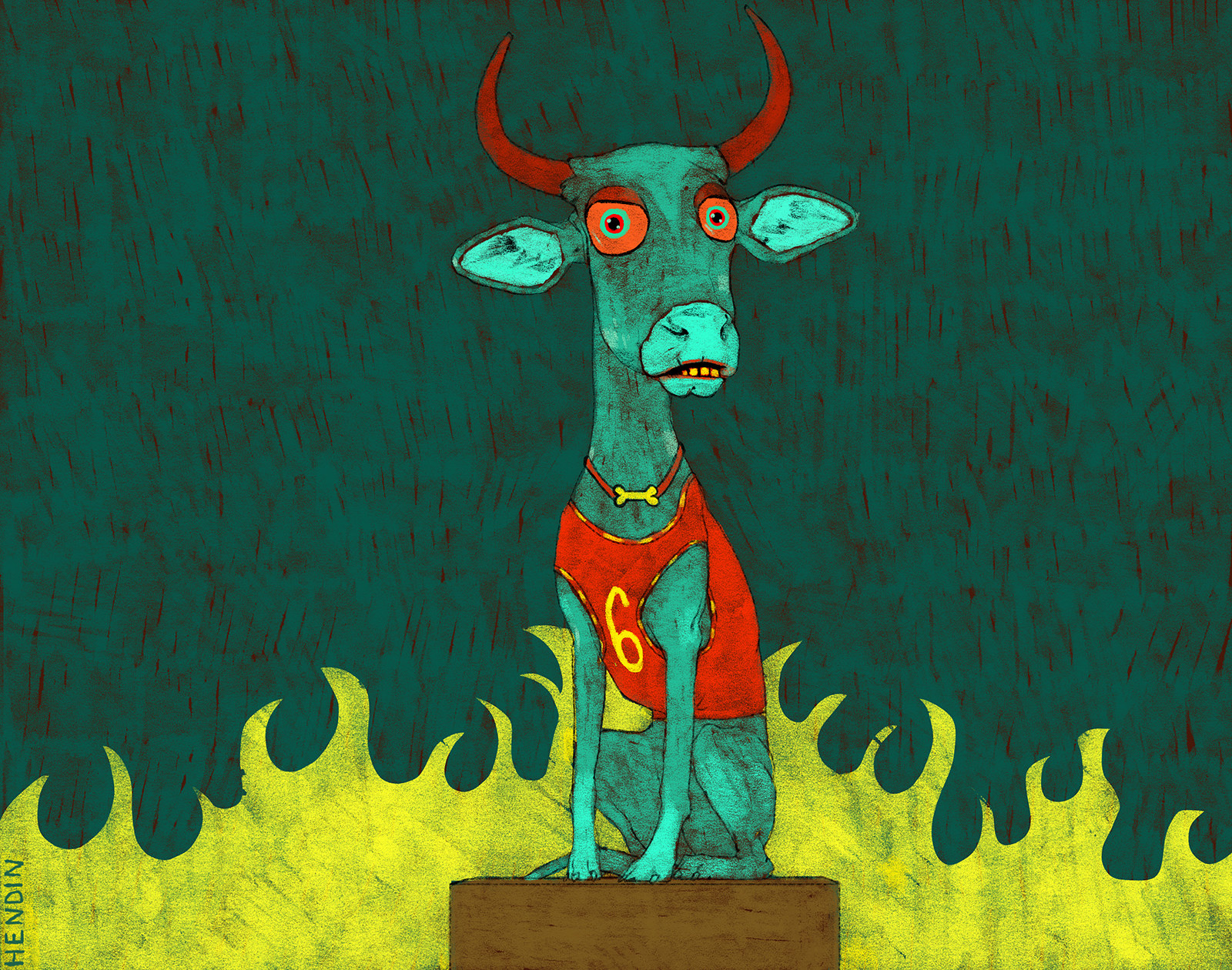
Then there's Rug the imp:

Who would definitely have fancied himself a ladies' imp:
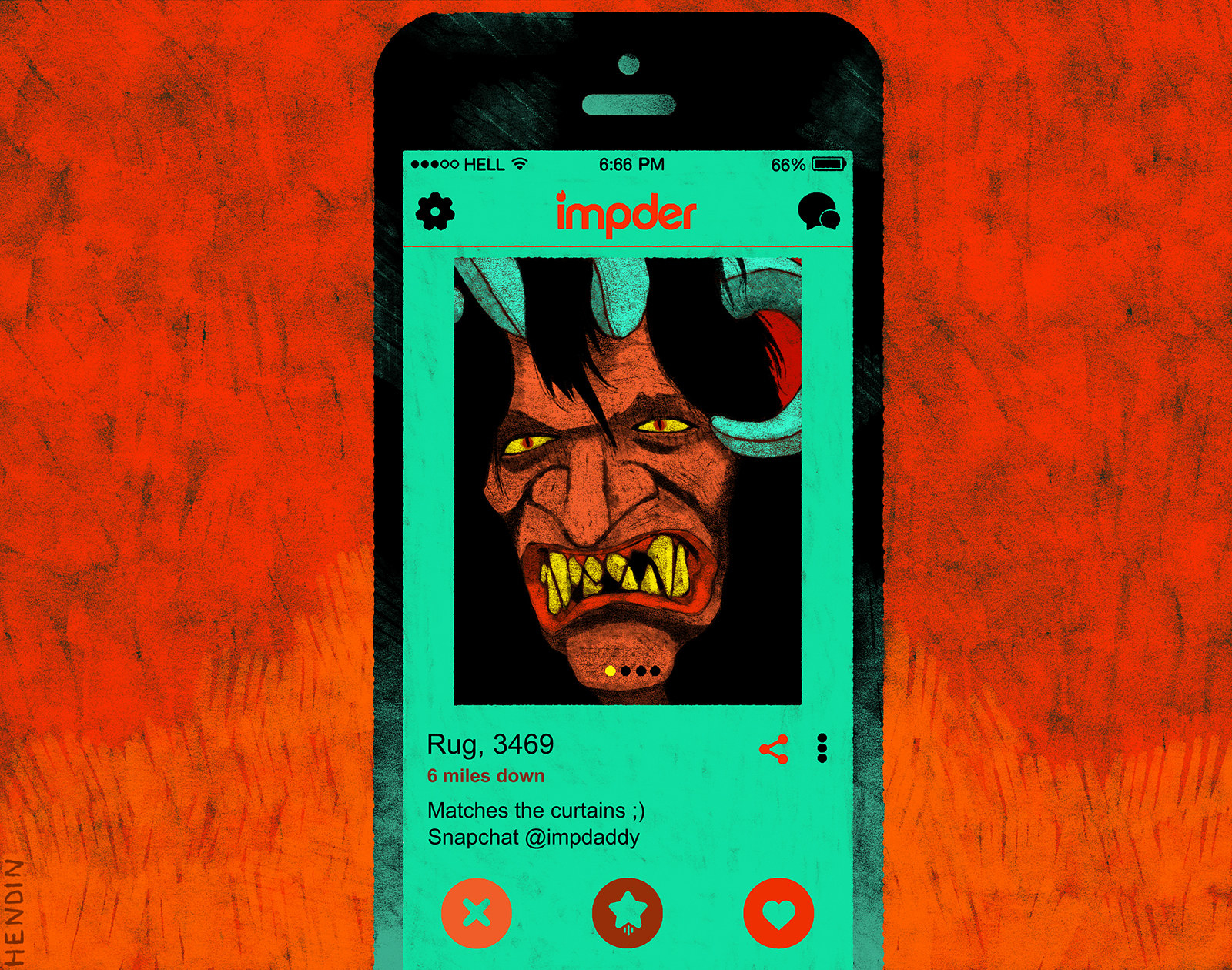
There's Elizabeth Stile, aka Rockingham, who was accused of keeping a rat called Philip and feeding it her own blood:

Hey, a rat king's gotta eat:
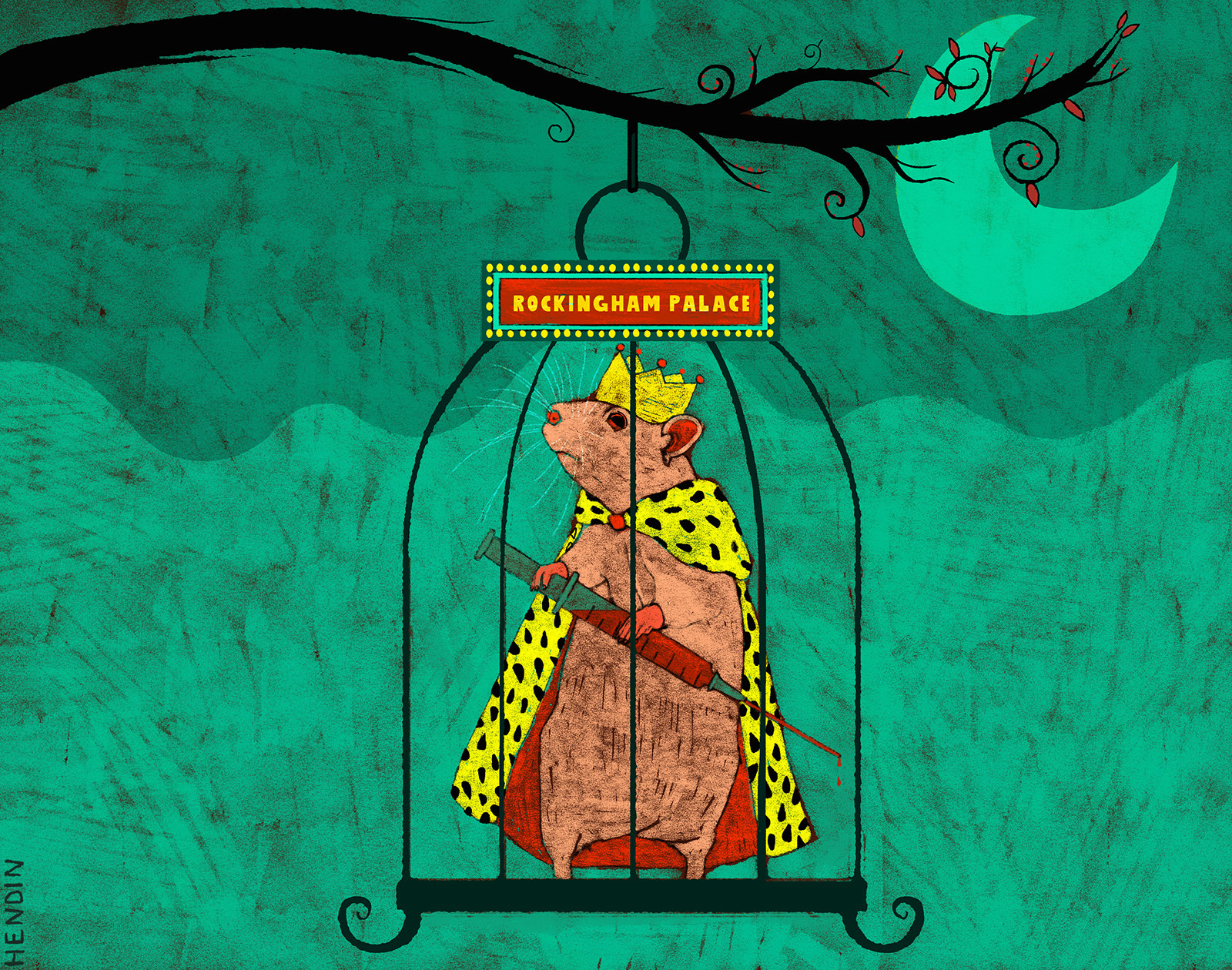
There's a (mostly) chicken spirit called "The Thing":
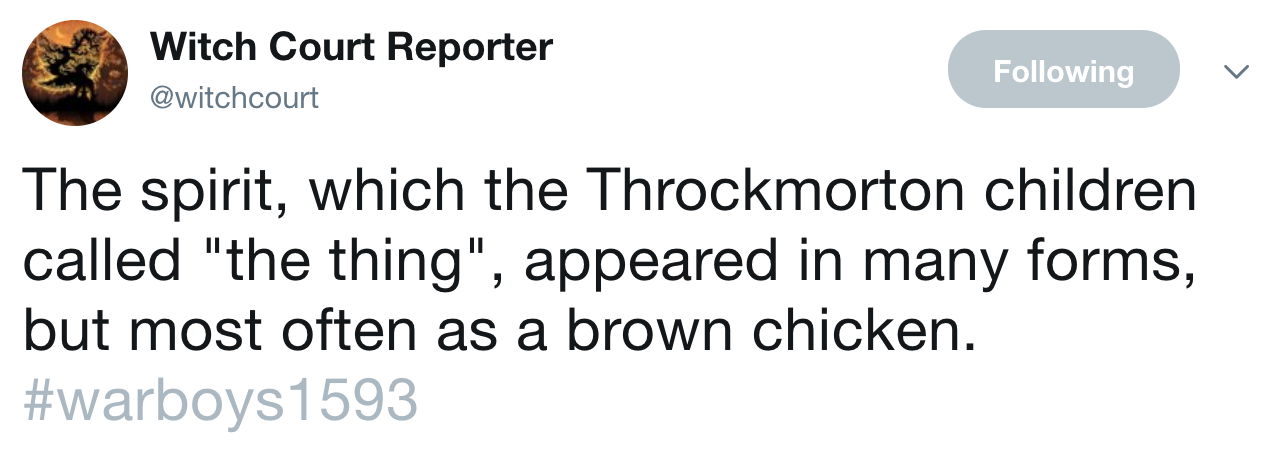
He was very cool, of course:
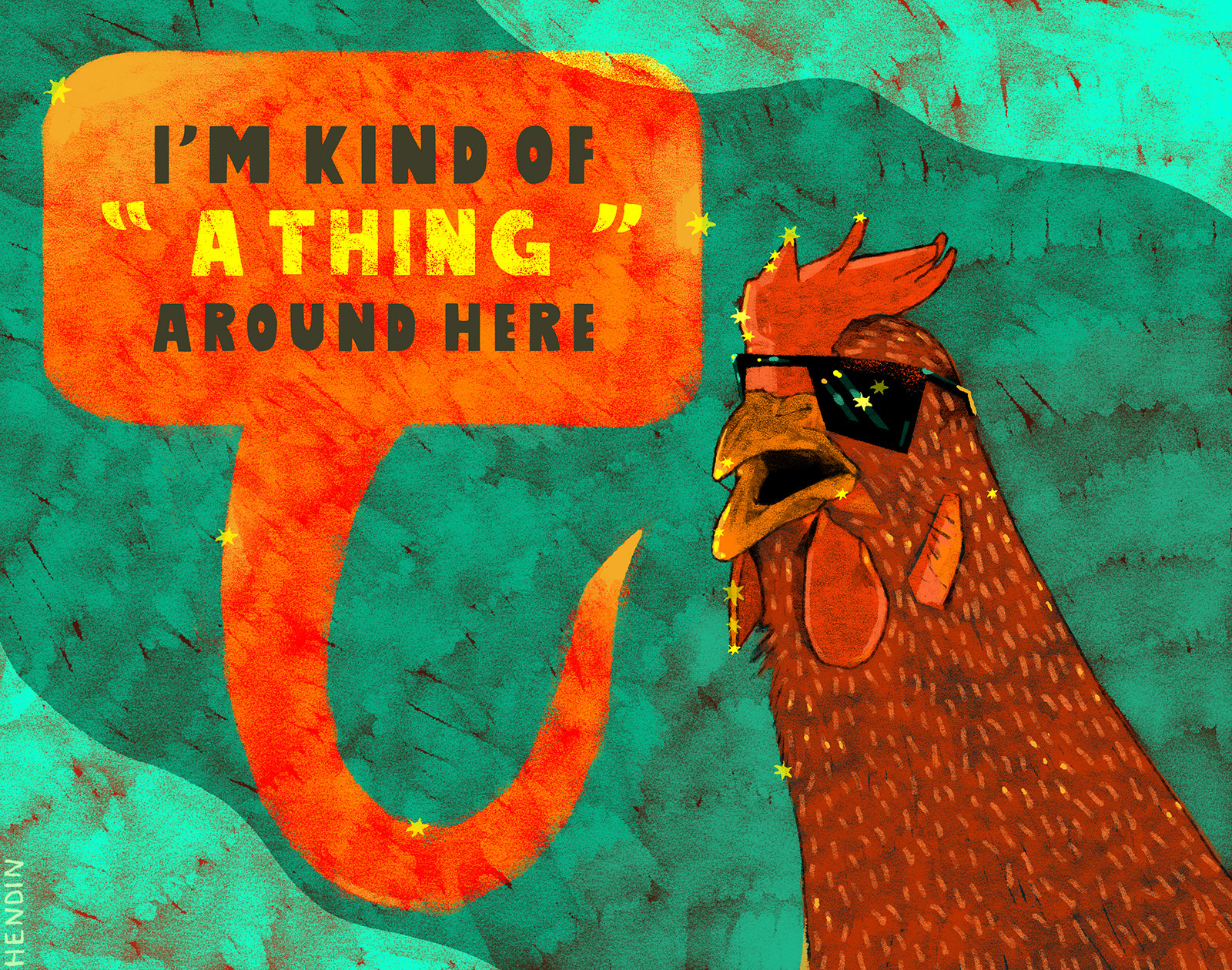
There's the Chelmsford witch whose need for wool made her turn to magic:

Poor cat, poor sheep:
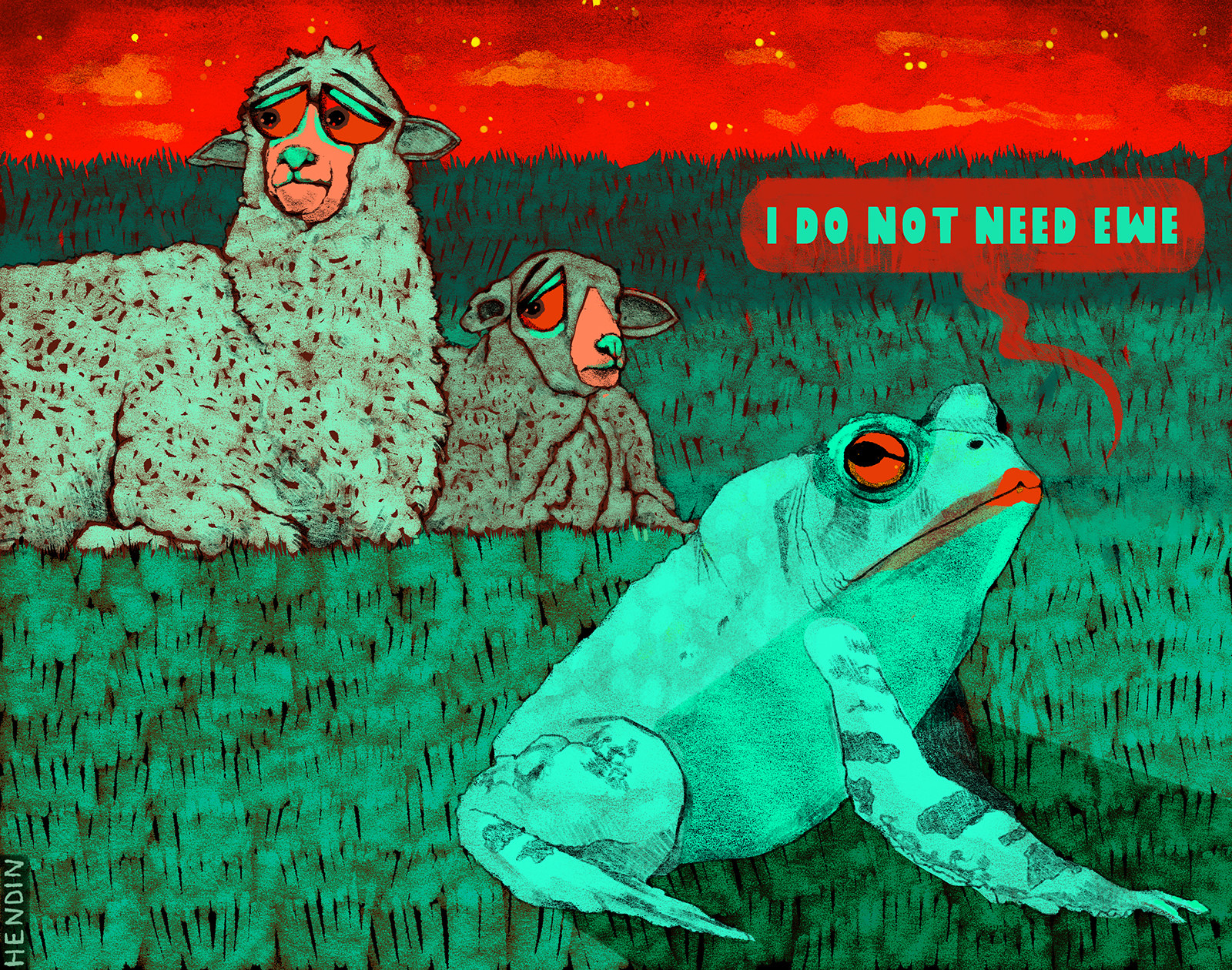
So basically, people have always been drawn to strange stories about animals.
"In the texts I use for @witchcourt, I think the animals are given a lot of focus because people found them the most fascinating and entertaining," says Osmond.
"From the bestiaries of the medieval period to the circuses of the Victorian era to David Attenborough documentaries today, we're always drawn to the freakiest, craziest, most exotic animals.
"And what's crazier and more exotic than a cat named Tiffy who promises to kill cows for you in exchange for your immortal soul?"

